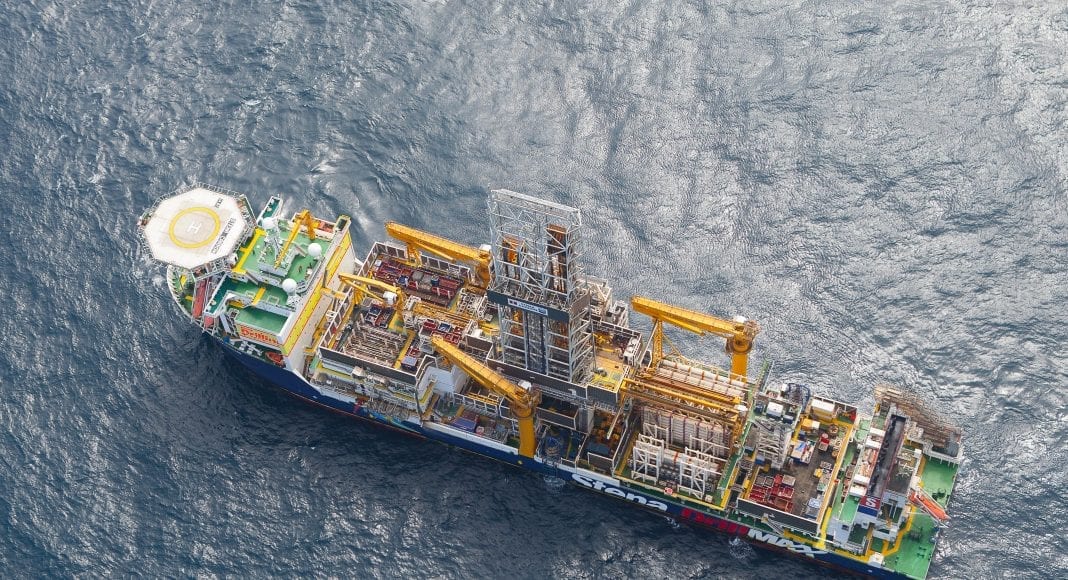Guyana and Namibia are set to sit at the top as pivotal exploration hubs in the foreseeable future, according to predictions by S&P Global Commodity Insights analysts Ian Conway, Jack Rivers and Stuart Lewis.
ExxonMobil is the lead operator in Guyana, with three developments running and two under construction. Namibia, a southern African nation that has not yet commenced oil or gas production, has swiftly emerged as a global exploration hotspot over the past two years, primarily due to deepwater discoveries by industry giants such as Shell and TotalEnergies. Additionally, major oil companies like Chevron, ExxonMobil, and Galp Energia have initiated exploration and appraisal activities in the region.
In a report released in December, S&P drew early conclusions based on developments in 2023. Looking at Namibia, the report outlined that TotalEnergies and Shell have appraised 2022 successes; Shell built on that success with the Jonker discovery but hit two duds with the Nara and Cullian wells. Now in 2024, S&P said TotalEnergies is drilling ahead with its Mangetti-1 well, “which is testing a prospect north of Venus” while Shell is drilling the second Jonker appraisal. S&P noted that a third operator – Galp Energia – is drilling the Mopane-2 well to the north of Shell’s acreage.
“Further exploration is planned for 2024, with Galp potentially drilling the Mopane-1 well and additional wells planned by Chevron and Rhino Resources,” S&P said, predicting that “We may also likely see a shift towards the South Africa portion of the basin where TotalEnergies and Africa Oil Corp have drilling plans.”
To support its Guyana prediction, S&P pointed to Exxon’s success with the Lancetfish discovery. The Wei-1 discovery by CGX Energy in the Corentyne block was also listed as a notable development. The report also highlighted the recently closed bid round where blocks were given. Looking ahead to this year, S&P pointed to Exxon’s massive 35-well campaign to drill exploration and appraisal wells in the Stabroek block through to the end of 2027. Outside of Stabroek, there is also the Canje block campaign awaiting approval.
Guyana and Namibia share some similarities in their oil journey.
Their oil reserves are estimated to be identical at 11 billion barrels. According to the state-owned National Petroleum Corporation of Namibia (NAMCOR), the bulk of Namibia’s resources are from TotalEnergies’ Venus-1X discovery, which it said accounted for nearly half of this reserve.
While Namibia’s resource count is spread over three finds, Guyana’s is the accumulation of more than 30 discoveries in the Stabroek block alone.
Both the Graff-X1 and Venus-X1 finds, according to Westwood Global Energy Group, share similarities with the Guyana-Suriname basin play.
The energy market intelligence platform said the discoveries have proven the presence of an extensive, prolific oil kitchen, and that its analysis suggests that “the Lower Cretaceous Venus play has a potential extent of up to ~58,000km², comparable to that of the Upper Cretaceous of Suriname-Guyana.”
It said a Suriname-Guyana scale oil province is “certainly possible”, “provided that the traps are present and the deepwater reservoirs are widespread and of good enough quality.”
Westwood had also named Guyana and Namibia among oil exploration and production jurisdictions where high-impact exploration has proven successful.



